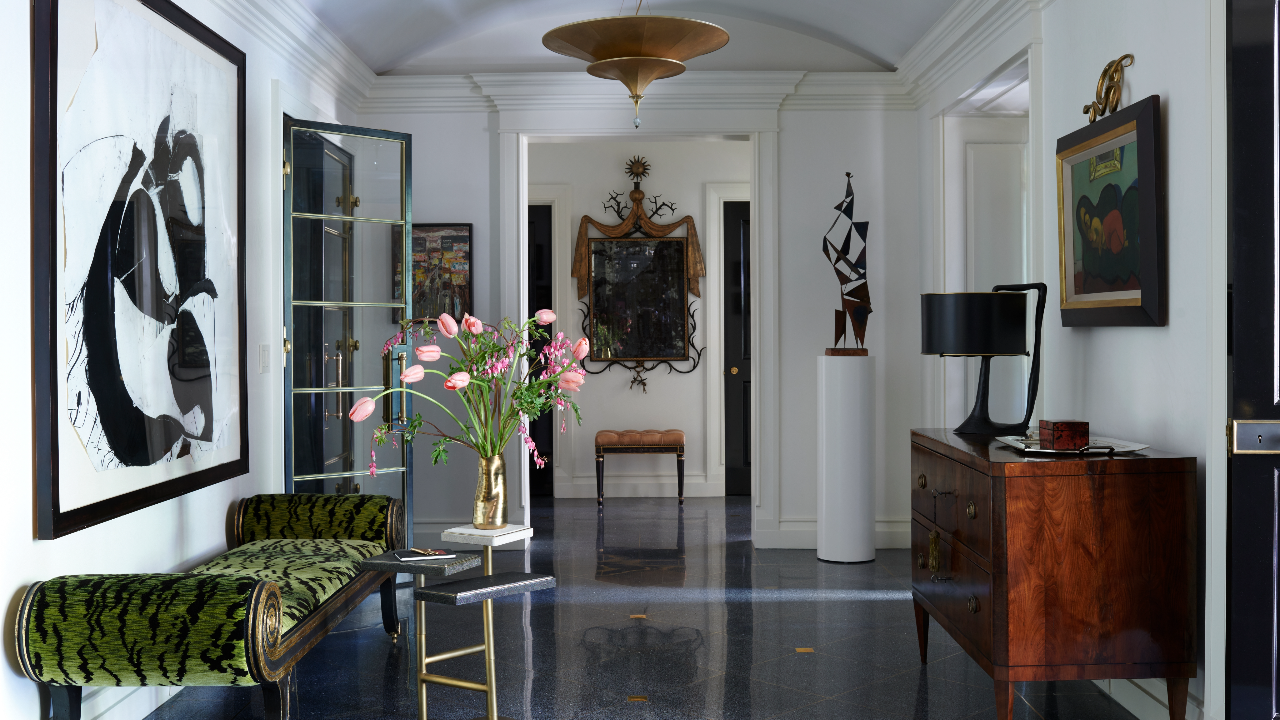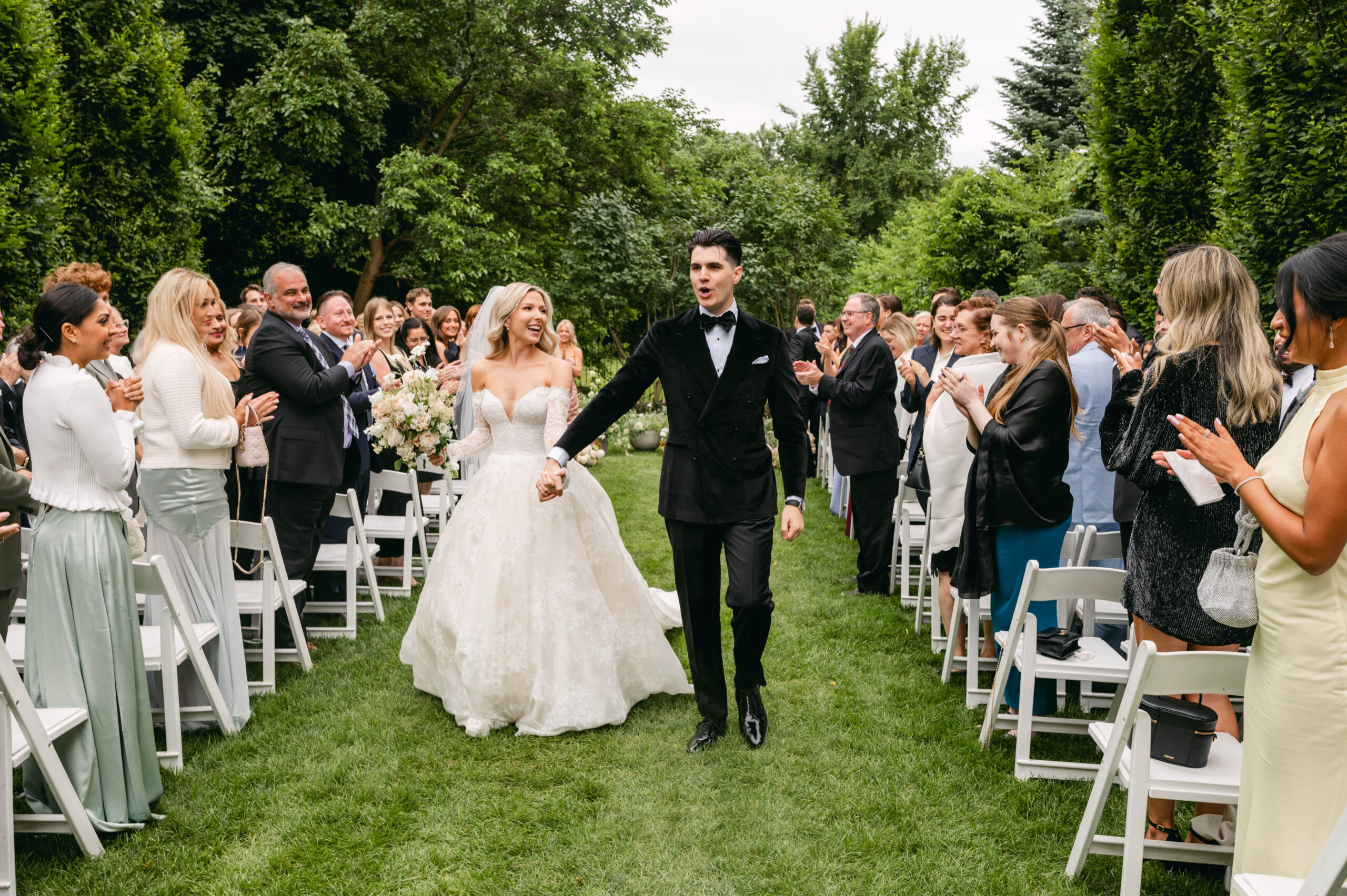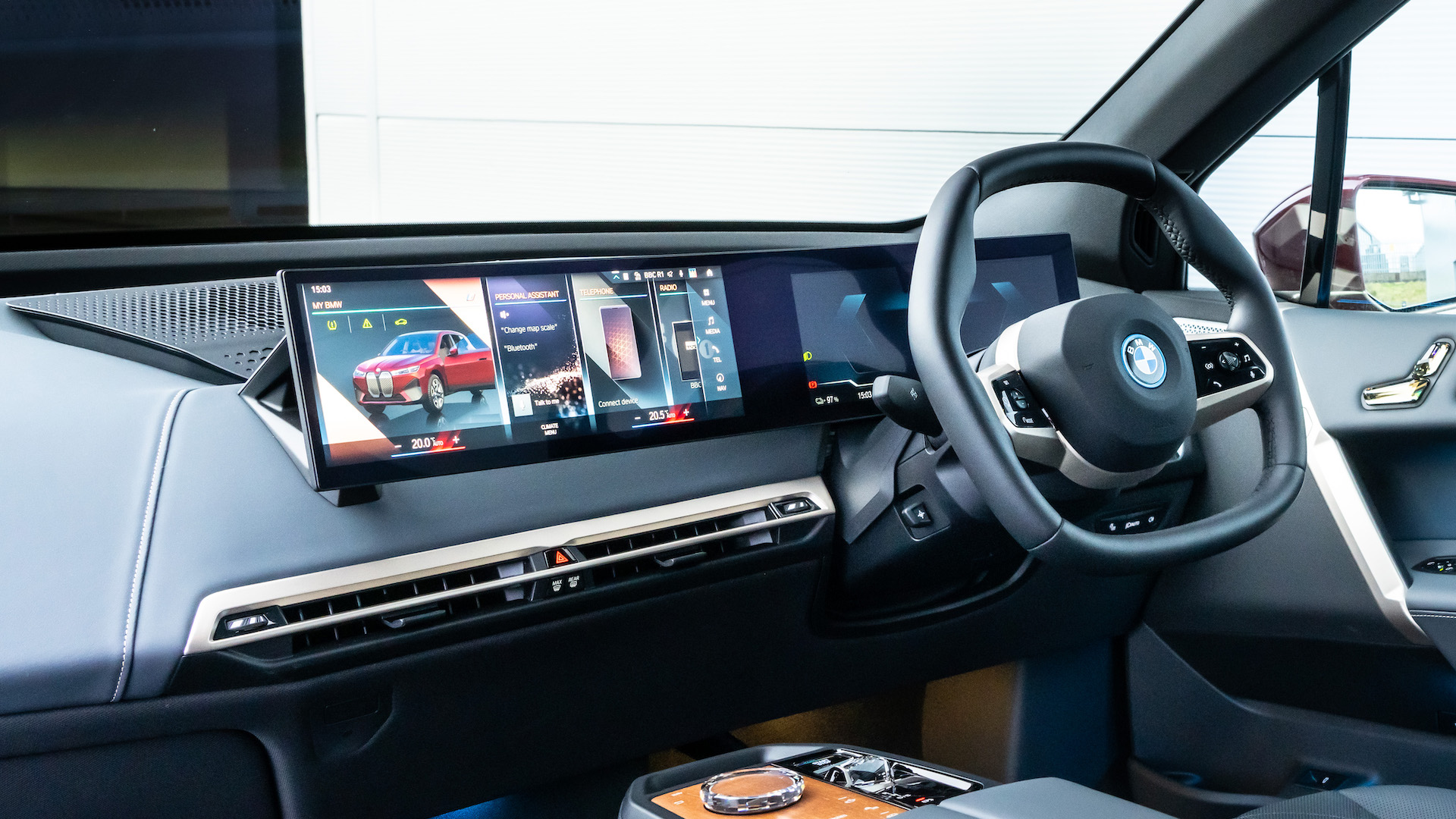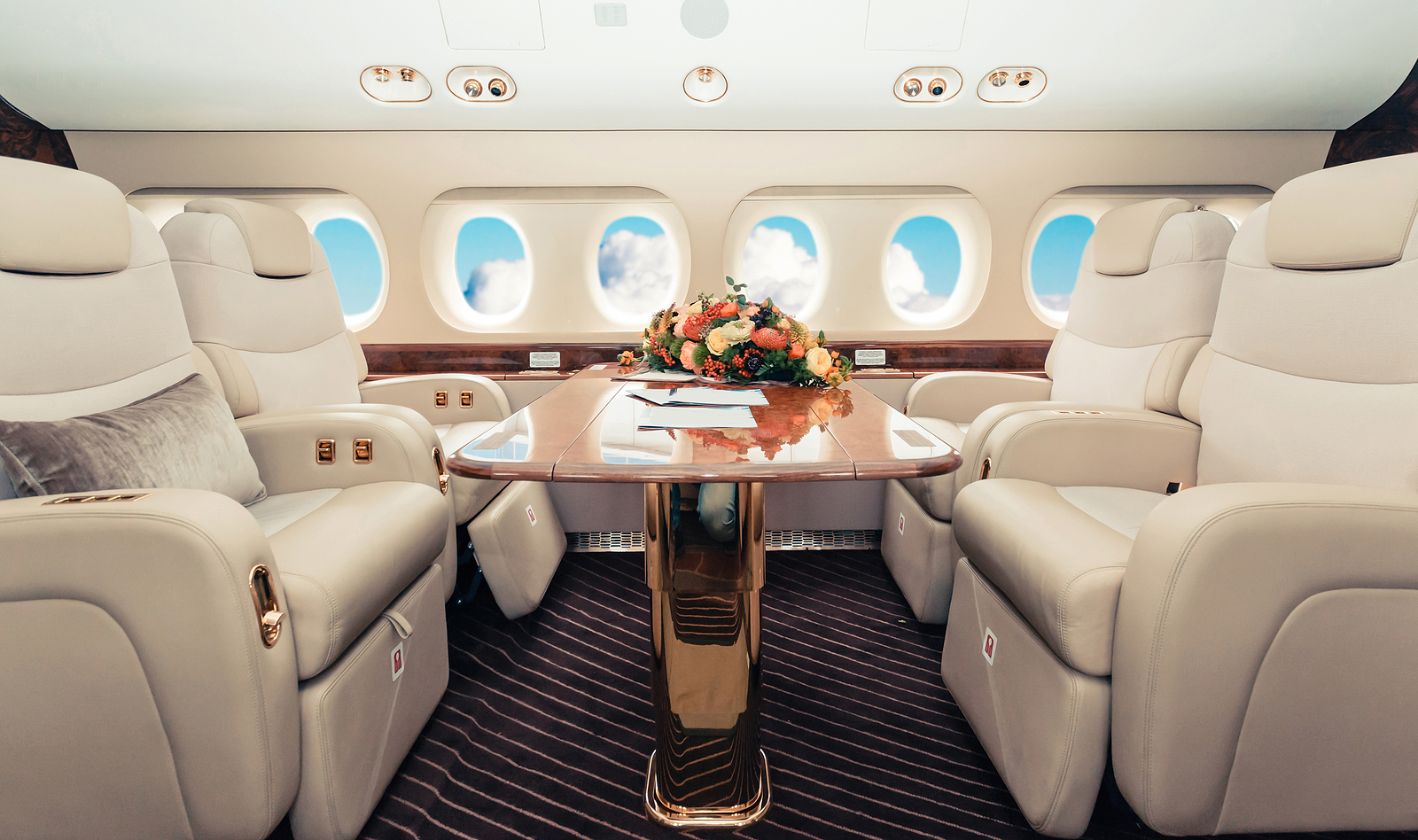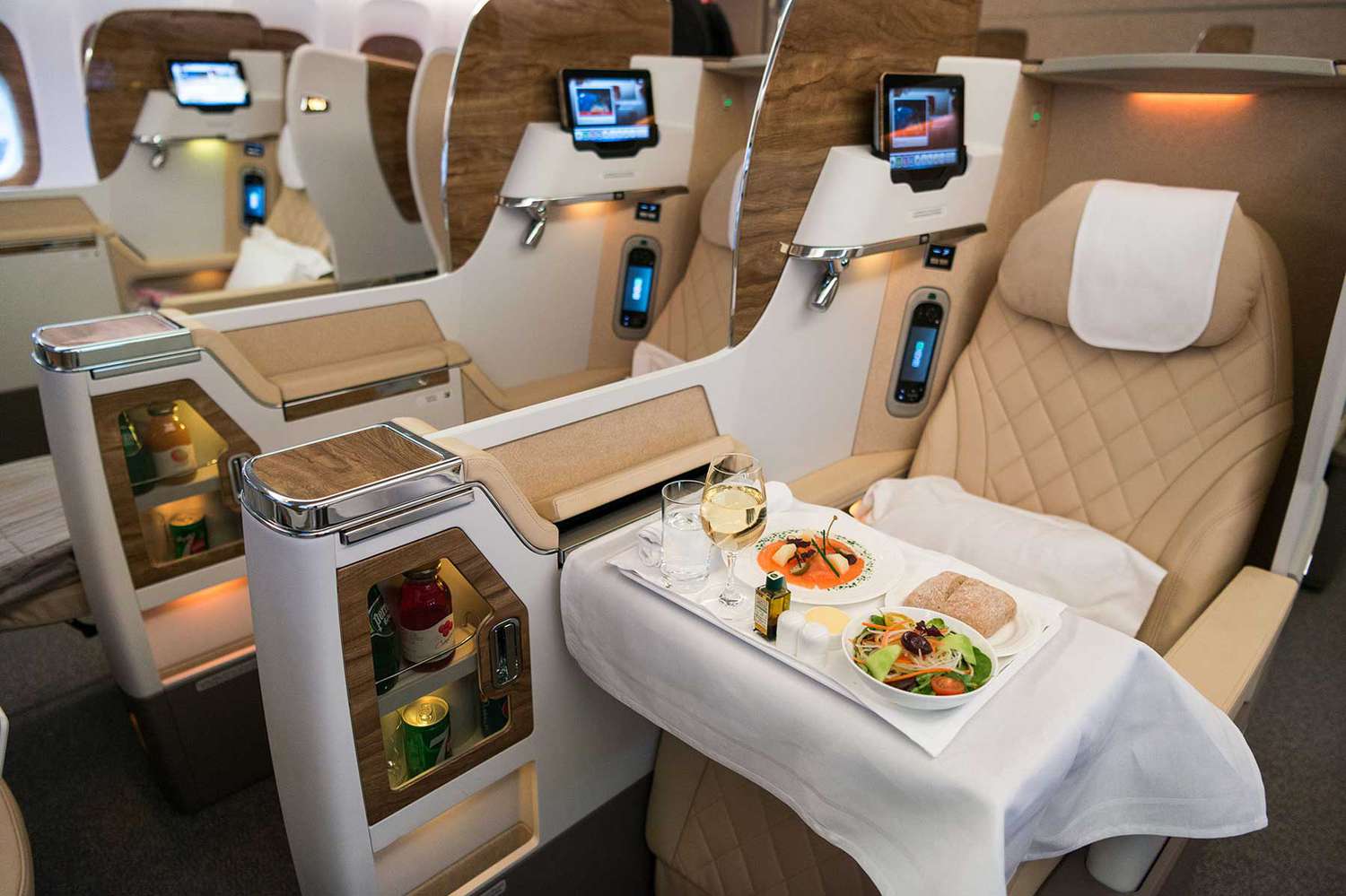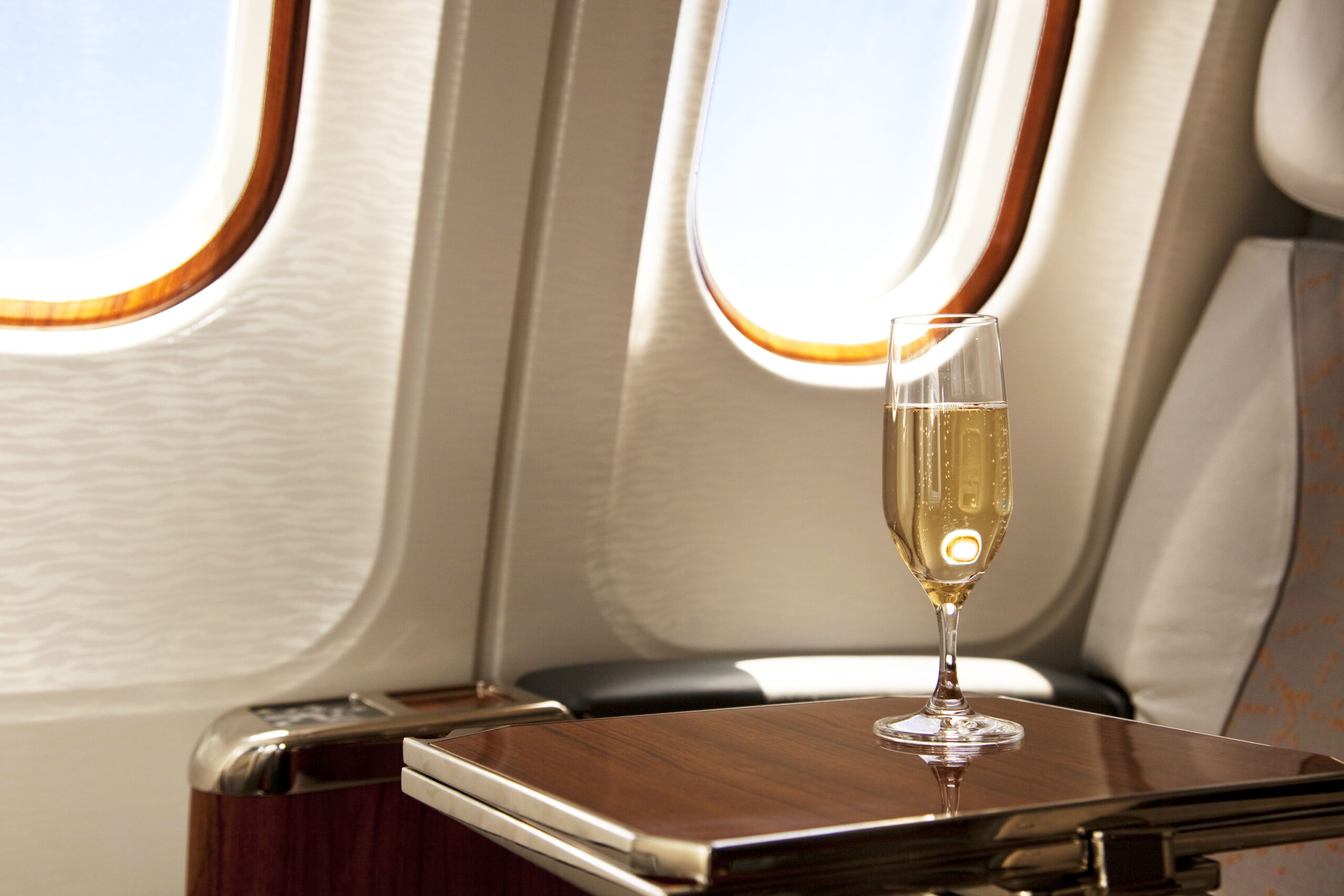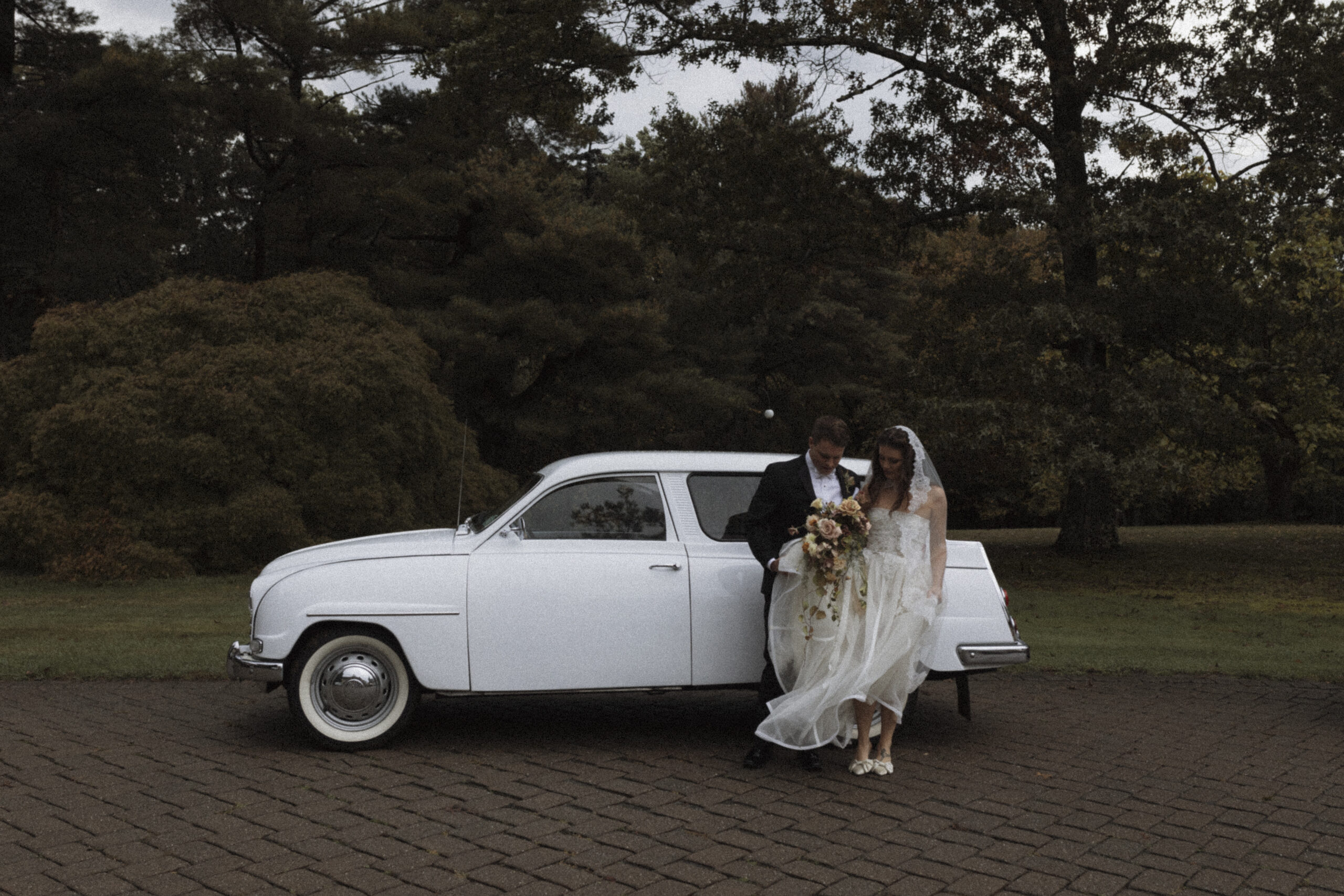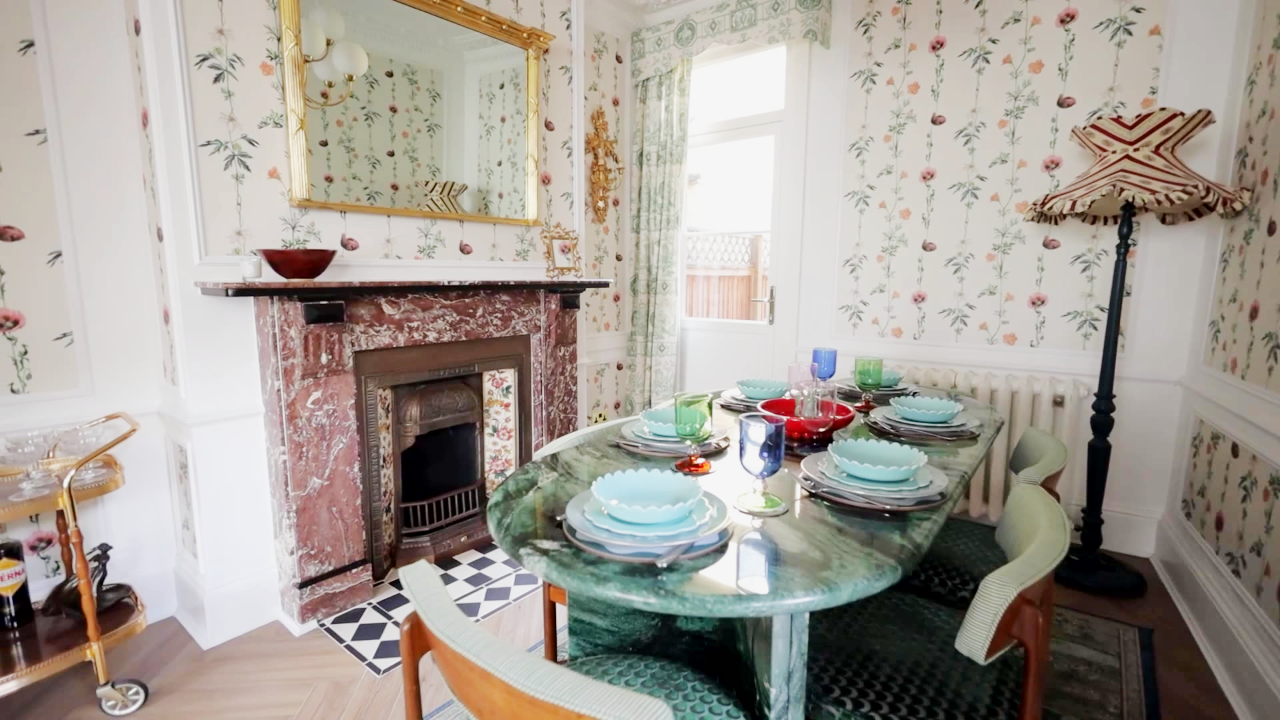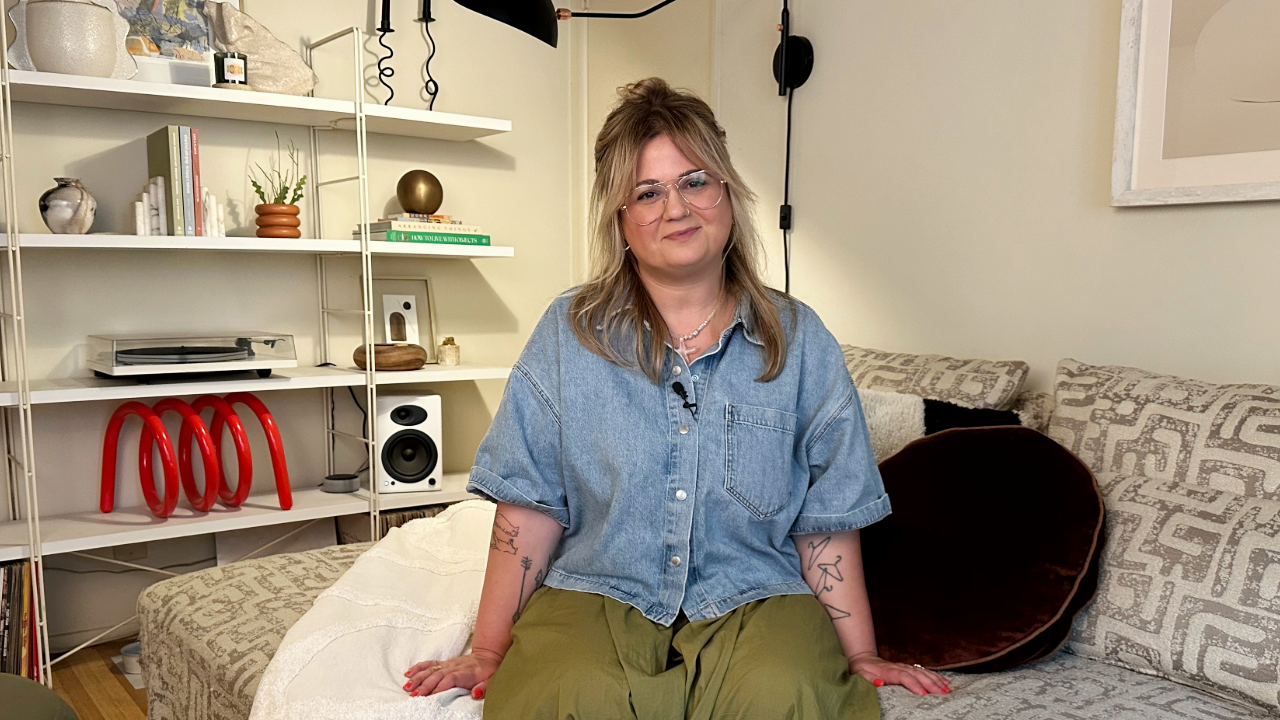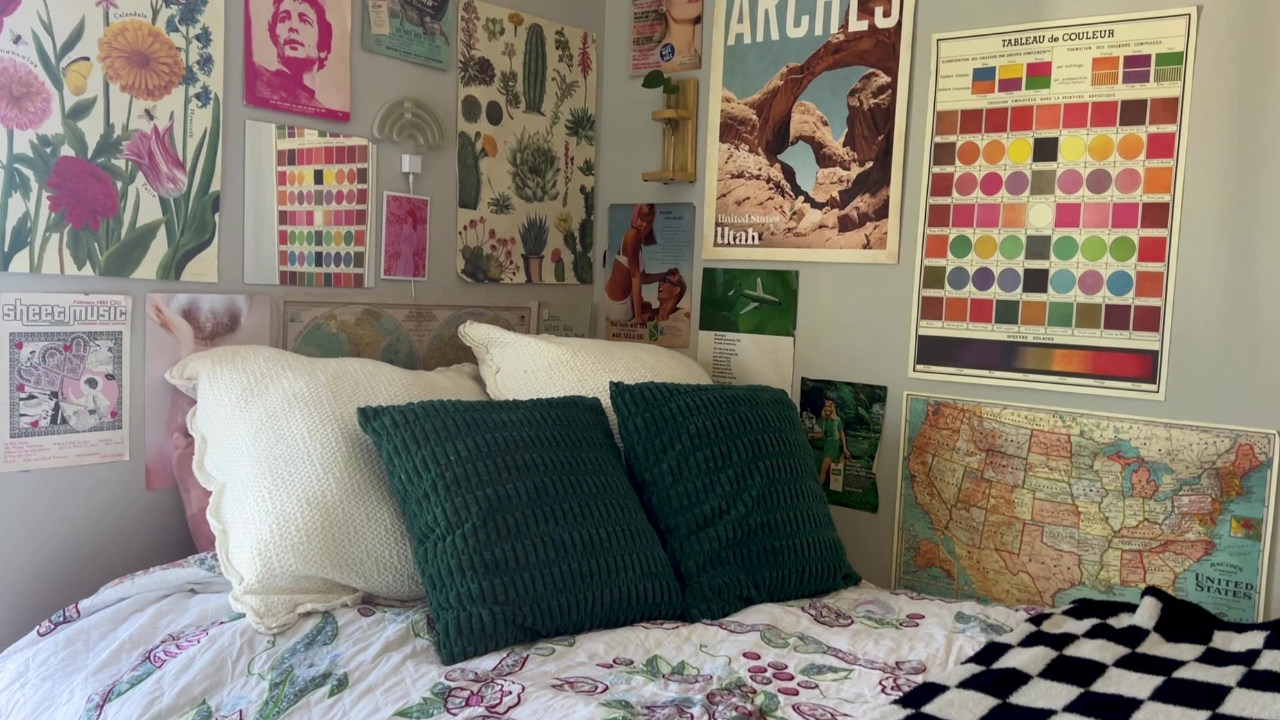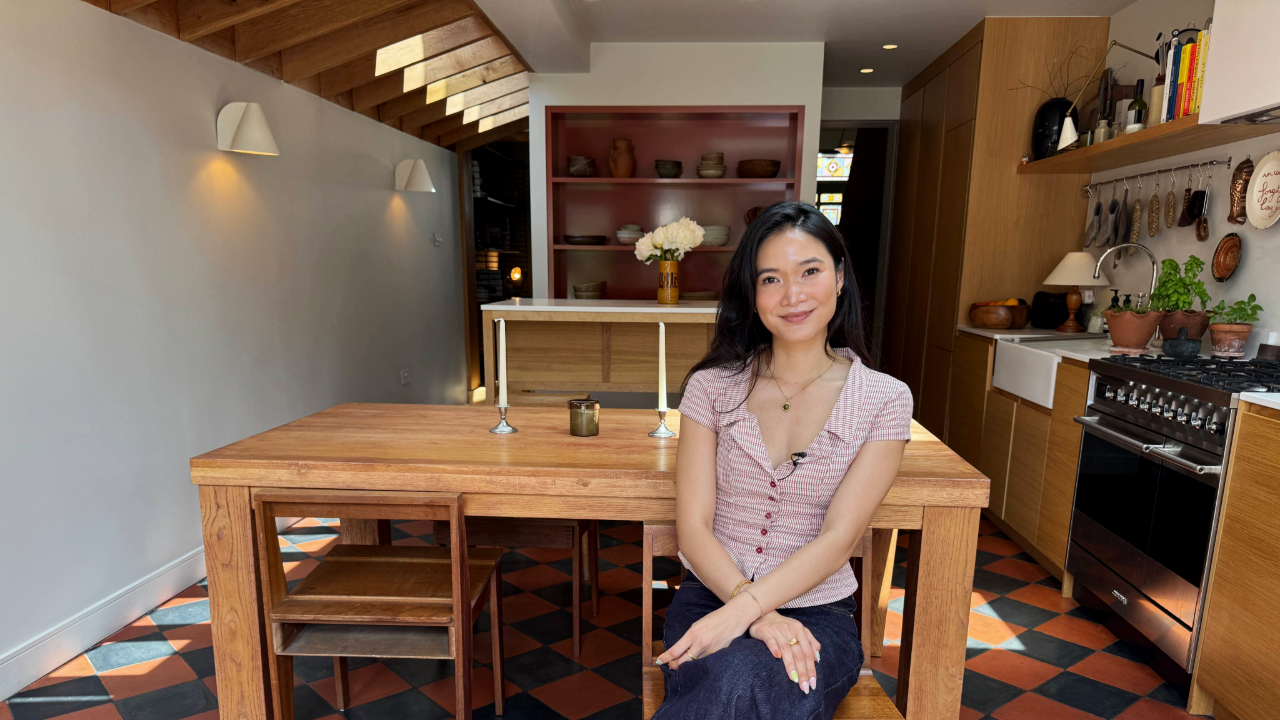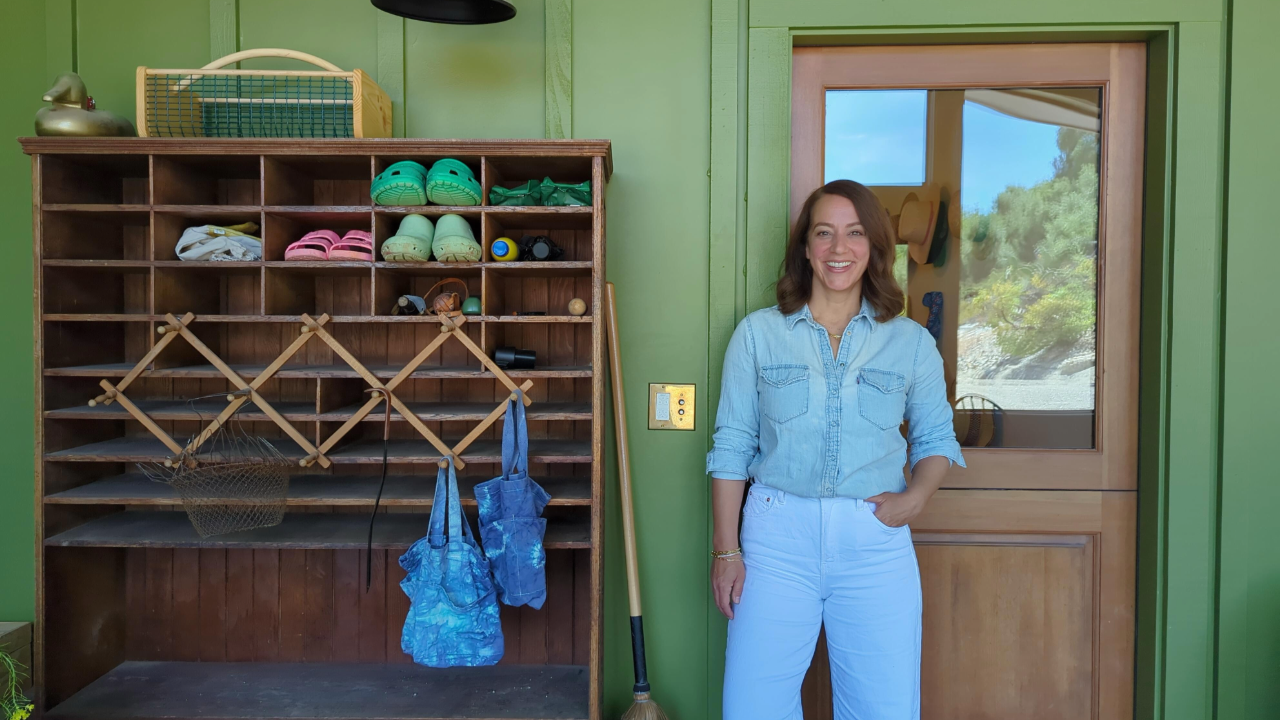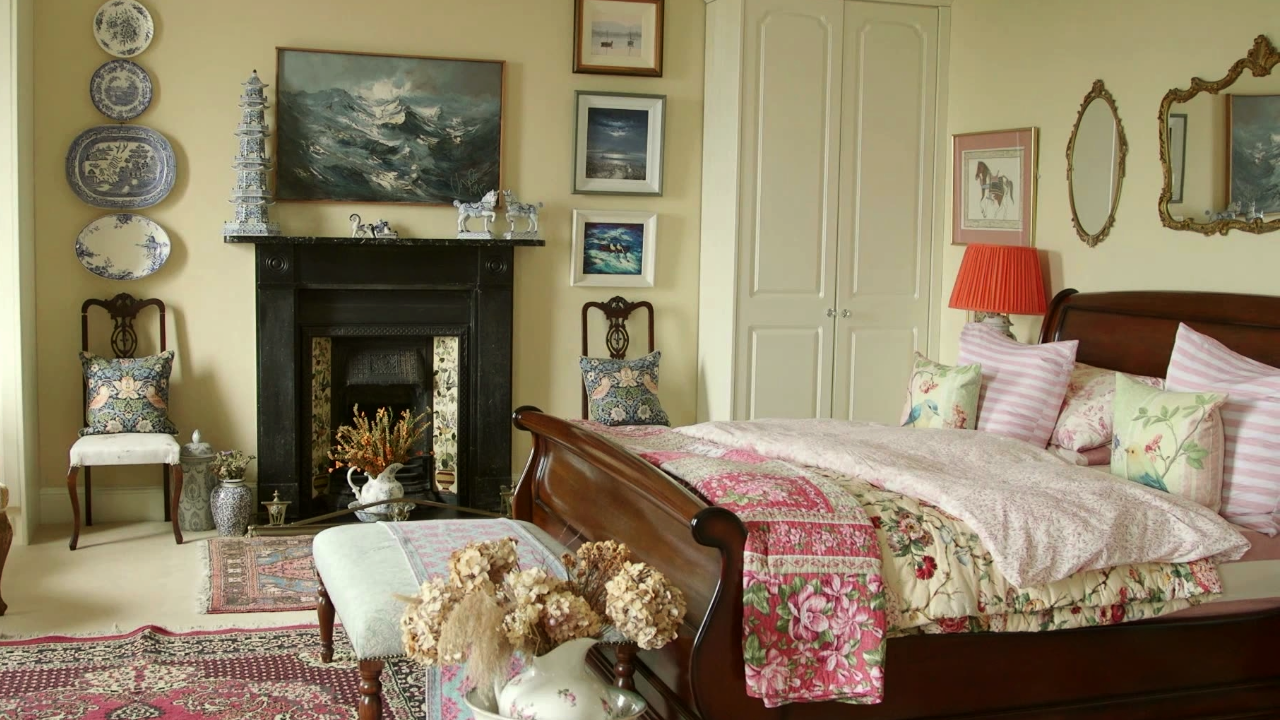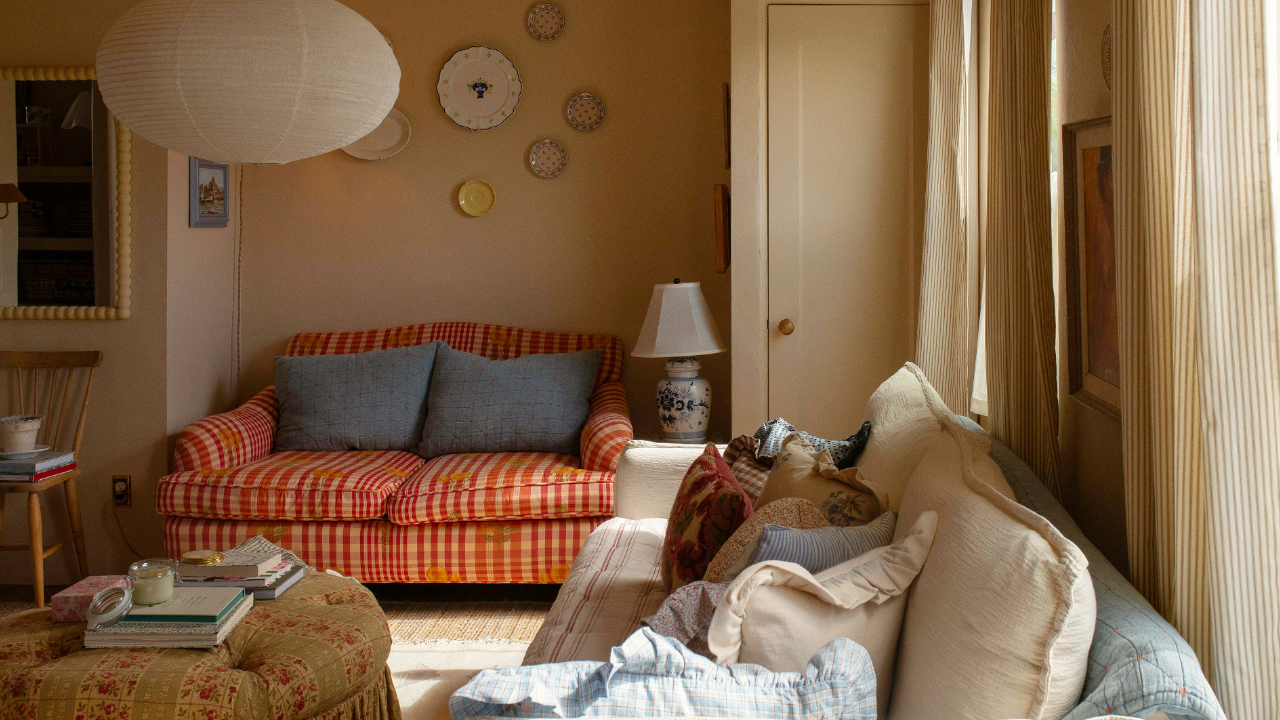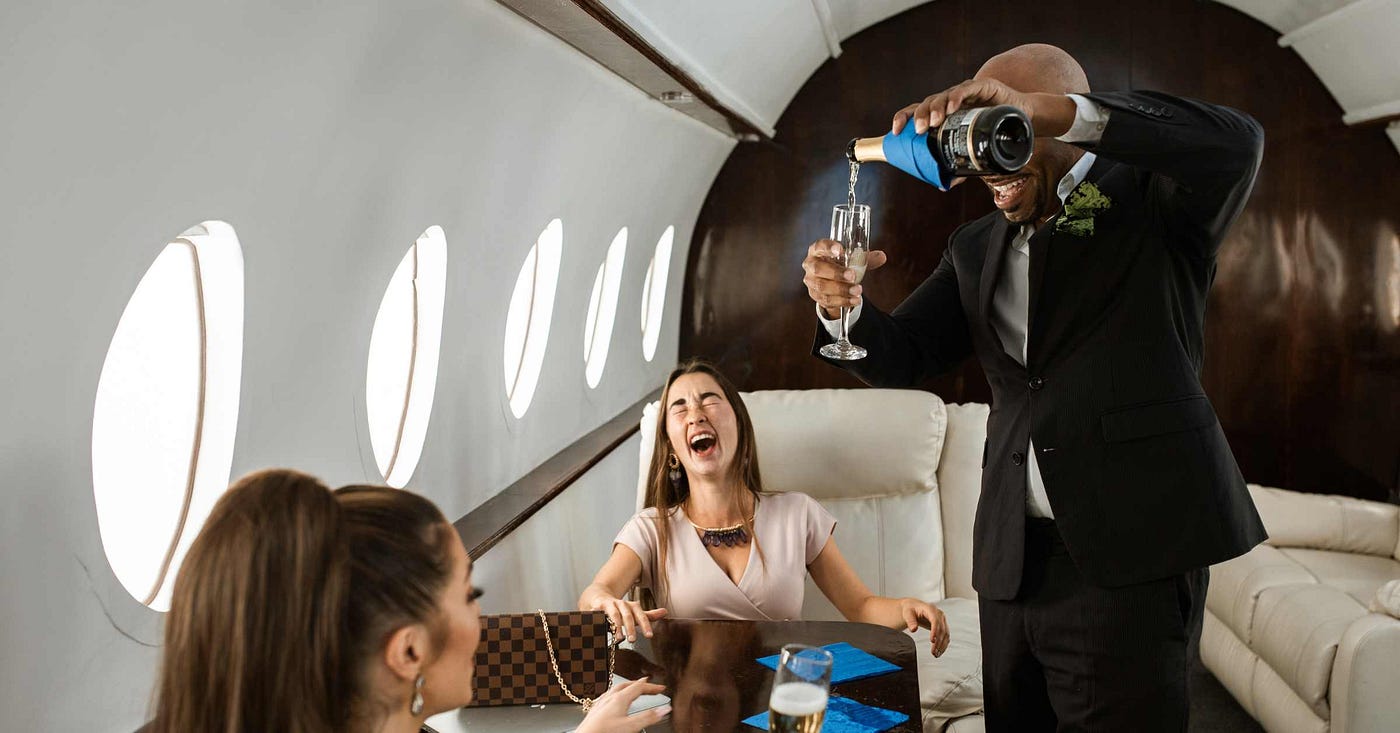
Traveling by private jet isn’t just a mode of transportation—it’s a delicate social ballet played out miles above the ground. While no formal handbook exists, a code of conduct governs everything from footwear to conversation volume, ensuring that every flight is as seamless and discreet as possible. Welcome to jet-iquette: the unspoken rules every private flyer should know before stepping aboard.
First, leave the sneakers at home—or at least in the cabin bag. Barefoot is a hard no, and sockless shoes, unless meticulously styled, tend to raise eyebrows. Comfort is key, but so is a polished appearance that respects the space and company. Remember, unlike commercial flights, there’s no cabin crew hiding behind the curtain—everyone’s eye is on you.
Boarding is a quiet affair. Unlike mass embarkations at commercial terminals, the private jet boarding process is efficient and silent. Phones are usually stowed, conversations kept to murmurs, and personal space is respected. It’s less hustle, more hush. Unsolicited help with luggage is generally discouraged—unless explicitly offered—since the flight crew has established protocols for handling bags and gear.
The minibar is another minefield. Self-service is frowned upon unless given permission, and ordering off-menu requires tact. Sharing snacks is polite; raiding the wine cellar solo is not. Above all, discretion is golden—what happens on the jet stays on the jet, from business deals to casual confessions.
Finally, respect for time is paramount. Private jets often operate on tight schedules and bespoke itineraries. Being punctual isn’t just courteous—it’s a necessity. Delays can cascade through interconnected flights and ground logistics, inconveniencing everyone. Politeness, precision, and privacy combine to keep the skies civilized, proving that flying private is not just about privilege, but about mastering the art of refined restraint.

